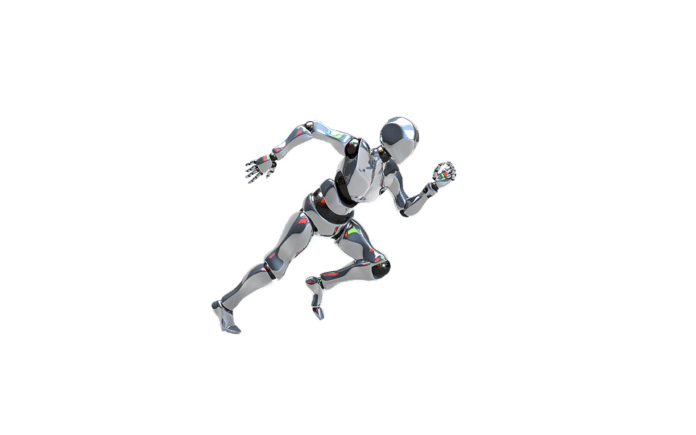The Impact of Drone Imagery and AI Algorithms on Vineyard Efficiency
Vineyards have long been a symbol of elegance and sophistication, producing some of the world’s finest wines. However, the process of growing grapes and managing vineyards is no easy task. It requires meticulous attention to detail, precise timing, and a deep understanding of the land and climate.
In recent years, advancements in technology have revolutionized the way vineyards are managed, with the introduction of drone imagery and AI algorithms playing a significant role in boosting efficiency and productivity. This report explores how these technologies are transforming the vineyard industry and providing vineyard owners and managers with valuable insights to optimize their operations.
Drone Imagery: A Bird’s Eye View of Vineyards
Drones have become an indispensable tool for vineyard owners, providing a unique perspective of their land and crops. Equipped with high-resolution cameras, drones can capture detailed images of vineyards, allowing farmers to monitor plant health, track growth patterns, and identify areas in need of attention.
One of the key benefits of drone imagery is its ability to cover large areas of vineyards quickly and efficiently. This enables farmers to detect issues such as pest infestations, disease outbreaks, or irrigation problems in a timely manner, preventing potential crop losses and reducing the need for manual inspections.
According to industry data, vineyard owners using drone imagery have reported a significant increase in crop yield and quality. By leveraging the data collected from drones, farmers can make informed decisions on when to harvest, irrigate, or apply fertilizers, leading to higher-quality grapes and improved overall productivity.
AI Algorithms: Making Sense of Big Data
While drone imagery provides valuable visual insights, the sheer volume of data collected can be overwhelming for farmers to analyze manually. This is where AI algorithms come into play, using machine learning and data analytics to process and interpret the vast amount of information gathered by drones.
AI algorithms can analyze drone imagery to identify patterns, trends, and anomalies that may not be visible to the naked eye. For example, AI can detect subtle changes in plant color, leaf structure, or soil moisture levels, indicating potential issues that require immediate attention.
By leveraging AI algorithms, vineyard owners can streamline their decision-making process and optimize resource allocation. For instance, AI can recommend precise irrigation schedules based on real-time weather data, soil moisture levels, and plant health metrics, ensuring that water resources are used efficiently and sustainably.
Industry Insights and Financial Data
The adoption of drone imagery and AI algorithms in the vineyard industry has gained significant traction in recent years, with several companies offering specialized solutions tailored to the needs of vineyard owners. Companies such as DroneDeploy, PrecisionHawk, and Agremo have developed cutting-edge technologies that enable farmers to harness the power of drone imagery and AI for improved vineyard management.
According to market research reports, the global market for agricultural drones is projected to reach $5.7 billion by 2025, driven by the increasing demand for precision farming solutions. Vineyard owners are investing in drone technology to enhance crop monitoring, optimize resource use, and improve overall efficiency, leading to higher profitability and sustainability.
In conclusion, the combination of drone imagery and AI algorithms has revolutionized the way vineyards are managed, providing farmers with valuable insights to optimize their operations and maximize productivity. As technology continues to evolve, vineyard owners can expect further advancements in precision agriculture, paving the way for a more sustainable and prosperous future for the wine industry.


